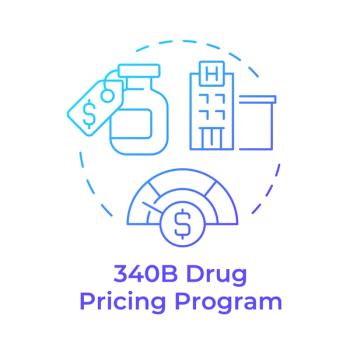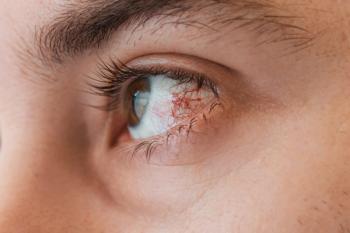
Pediatric drug market poised for growth
More support for clinical trials and a wider lens for rare diseases in children sets the category on fire.
The global market for pediatric medicines registers a compound annual growth rate of 3.8% and is expected to reach more than $100 billion by 2019, according to a 2014 BCC Research report.
That’s due to the industry designing and implementing more trials in the pediatric population, as well as an increased focus on orphan drug diseases affecting children, according to the report.
Also aiding in the development of pediatric medications are two laws: the
PREA requires sponsors of certain new drug applications to study their products in children. BPCA provides incentives for sponsors to voluntarily conduct studies in pediatrics by granting them an additional six months of market exclusivity. An update of PREA, the Research to Accelerate Cures and Equity (RACE) for Children Act, recently passed the U.S. Senate. This law contains explicit guidance for cancer drug development that could expand the number of pediatric cancer drug treatments.
New pediatric drugs
Several new medications have recently been approved for use in the pediatric population. Mort Goldman, PharmD, FCCP, BCPS, senior consultant, Pharmacy Consulting International, lists some of these new drugs and their anticipated costs:
- Brineura (cerliponase alfa). An enzyme replacement therapy indicated to slow loss of ambulation in pediatric patients with Batten disease. The annual cost per patient to treat this disease with Brineura could be 1.5 million.
- Bavencio (avelumab). Immunotherapy for the treatment of patients aged 12 years and older with metastatic Merkel cell carcinoma. Annual cost per patient may total up to $90,000.
- Emflaza (deflazacort). An oral corticosteroid indicated to treat patients aged 5 years and older with Duchenne muscular dystrophy. Annual cost per patient of up to $100,000.
- Defitelio (defibrotide sodium). An anticoagulant for the treatment of adults and children who develop hepatic veno-occlusive disease with additional abnormalities following hematopoietic stem cell transplantation. One 21-day treatment course may cost up to $85,000.
Expanded indications
Several drugs previously approved for adults now have expanded indications for use in pediatrics. According to Nicole Kjesbo, PharmD, BCPS, senior clinical pharmacist, Prime Therapeutics, both Sovaldi (sofosbuvir) and Harvoni (ledipasvir/sofosbuvir), were recently approved in children aged 12 to 17 years. Spiriva Respimat (tiotropium bromide) is now approved for treatment of asthma in patients at least aged 6 years old and Latuda (lurasidone) is approved for treatment of schizophrenia in adolescents aged 13 to 17 years.
The FDA has also approved Ravicti (glycerol phenylbutyrate) for management of urea cycle disorder in patients aged two months and older as well as Orencia (abatacept) subcutaneous injection as a new administration option for patients aged 2 years and older with moderately to severely active polyarticular juvenile idiopathic arthritis, according to Kjesbo.
In the pipeline
At press time, the following drugs are in phase 3 clinical trials for use in pediatric patients, according to Goldman:
- Tezacaftor (VX-661) plus Kalydeco (ivacaftor), is being studied for its role in the restoration of CFTR gene function in patients with cystic fibrosis.
- Somavaratan (VRS-317), for treatment of pediatric growth hormone deficiency.
- Rivipansel (GMI-1070), for treatment of vaso-occlusive crisis associated with sickle cell disease for patients aged 6 years or older experiencing a pain crisis necessitating hospitalization.
Additionally, Kjesbo says the first CAR-T (chimeric antigen receptor T cell) therapy may soon be approved, (CTL019 or tisagenlecleucel-T), for the treatment of relapsed and refractory B-cell acute lymphoblastic leukemia in pediatric and young adults. CAR-T is a type of immunotherapy that uses a patient’s own cells to treat their cancer. The approval of CTL019 was unanimously recommended by the FDA Oncologic Drugs Advisory Committee in July 2017.
Erin Bastick, PharmD, RPh, is a staff pharmacist at Southwest General Health Center, Middleburg Heights, Ohio.
Newsletter
Get the latest industry news, event updates, and more from Managed healthcare Executive.






















































